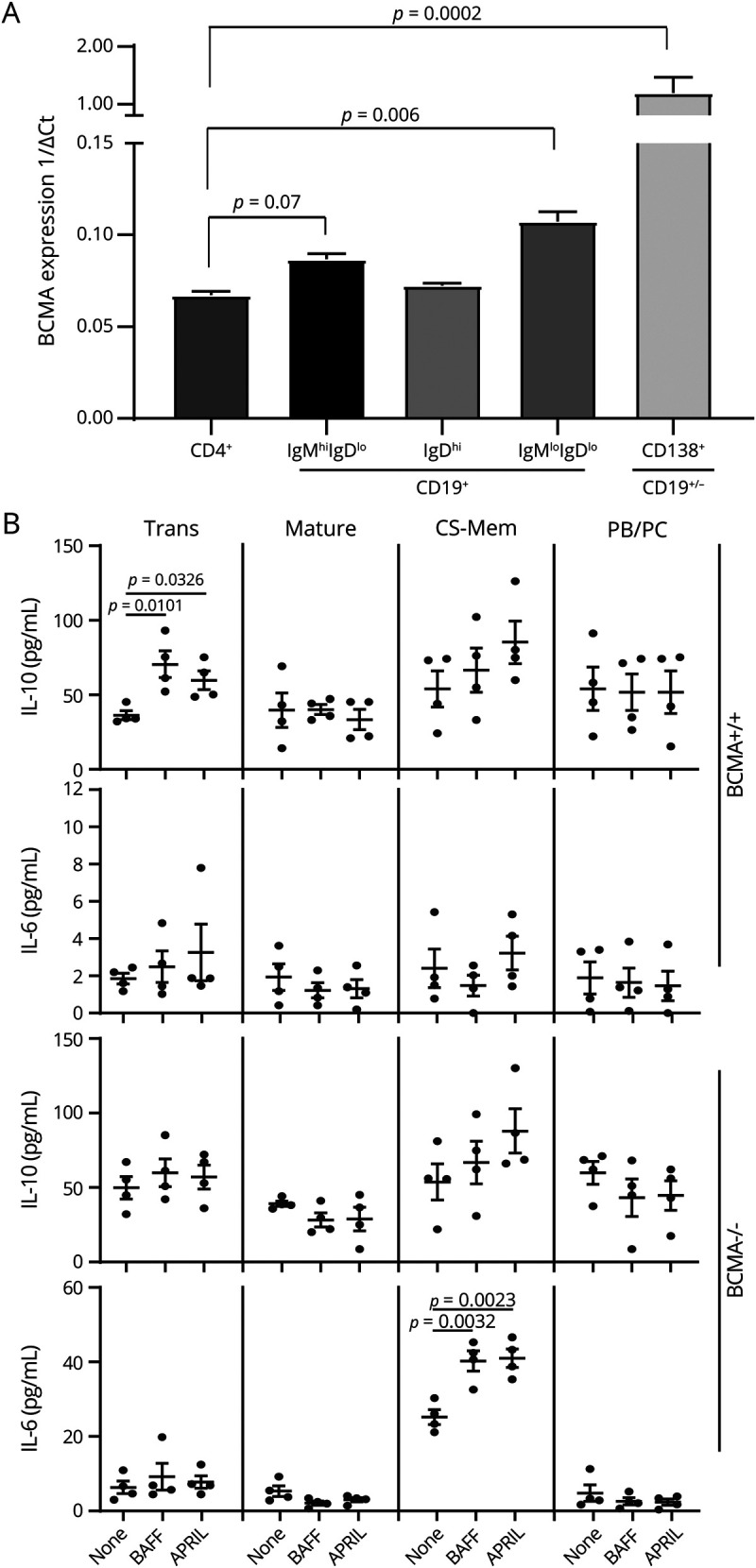Figure 5. BAFF and APRIL Signals Through BCMA to Have Anti-inflammatory Functions in B Cells.

(A) Four different B cell subsets, CD19+IgMhiIgDlo (transitional/regulatory B cells), CD19+IgDhi (mature B cells), CD19+IgMloIgDlo (class-switched memory B cells), CD19+/-CD138+ (plasmablasts/plasma cells), and CD4+ T cells were FACS sorted from BCMA+/+ mice with EAE, and quantitative real-time PCR was performed for BCMA expression. The data represent 1/ΔCt of BCMA expression (n = 4/group). Error bars represent SEM, and analysis of variance was used to determine statistical differences. (B) Trans (transitional/regulatory) B cells, mature B cells, CS-Mem (class-switched memory B cells), and PB/PC (plasmablasts/plasma cells) were FACS sorted from BCMA+/+ and BCMA−/− mice and stimulated with anti-CD40 in the presence or absence of BAFF and APRIL. To get enough numbers of smaller B cell subsets, 5 spleens were pooled together. After 72 hours, cell culture supernatants were collected, and IL-6 and IL-10 secretion was measured by ELISA. Error bars represent SEM, and Student t tests were used to determine statistical significance. p < 0.05 was considered to be statistically significant. APRIL = a proliferation-inducing ligand; BAFF = B cell–activating factor; BCMA = B cell maturation antigen; EAE = experimental autoimmune encephalomyelitis; IL = interleukin.
